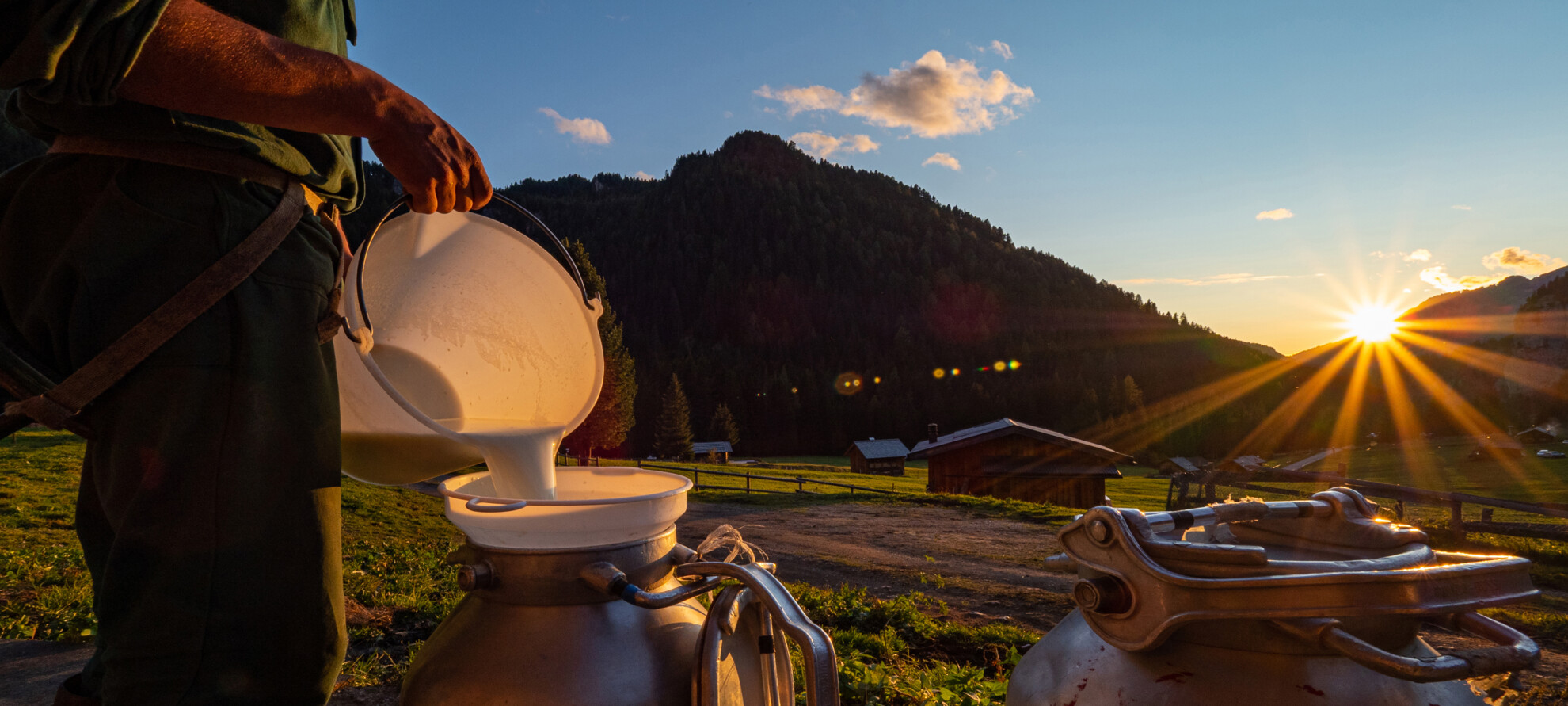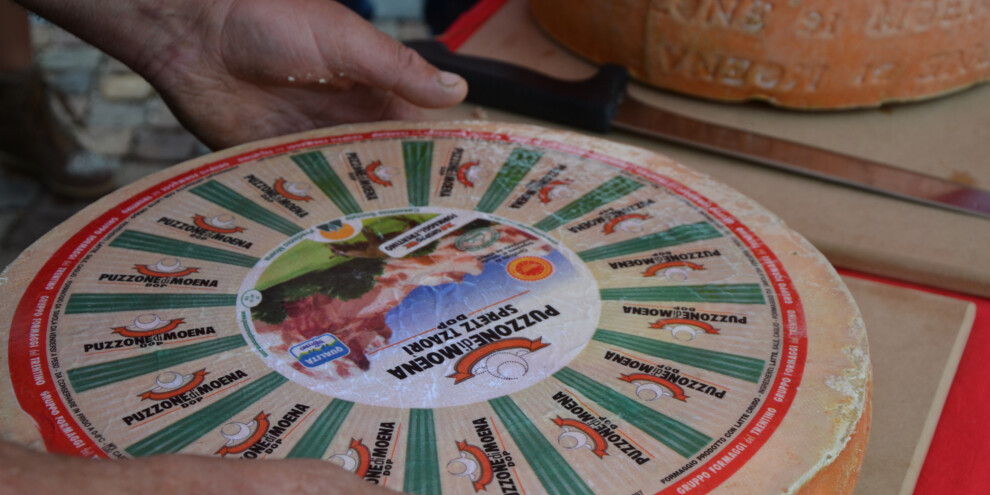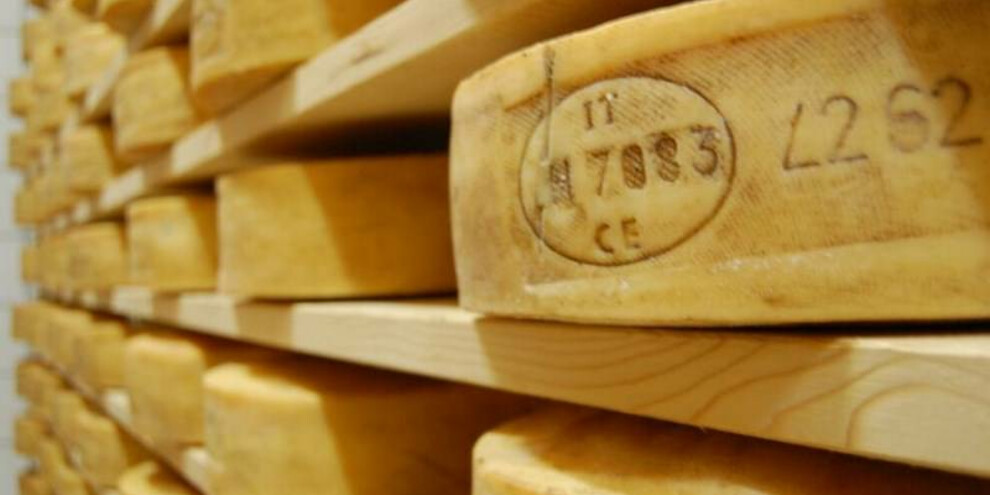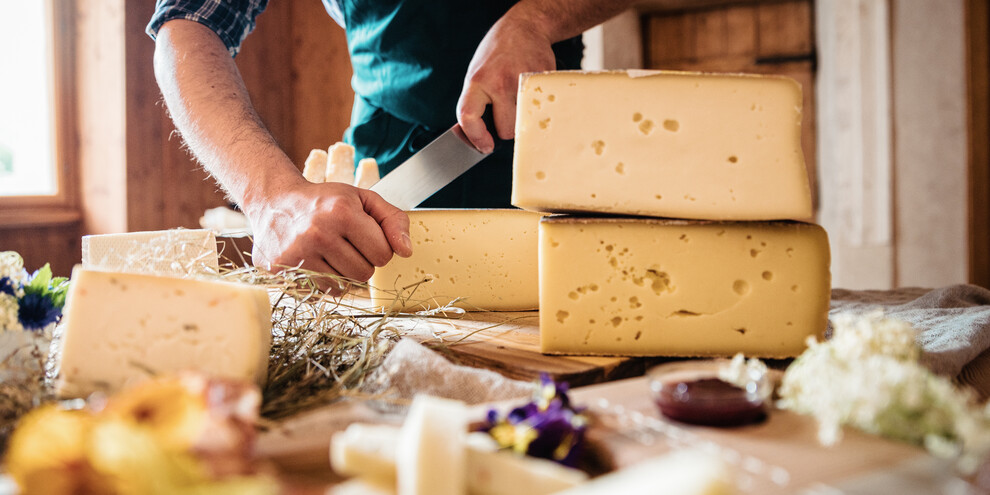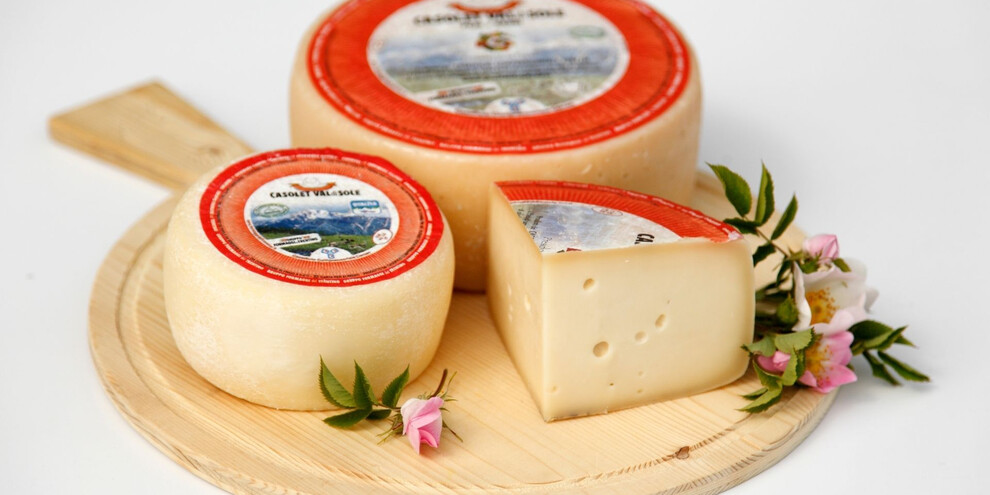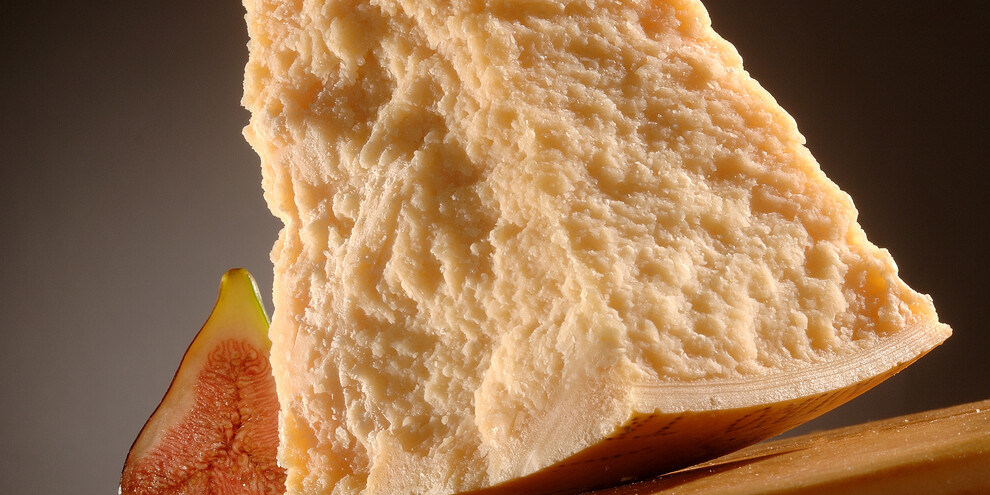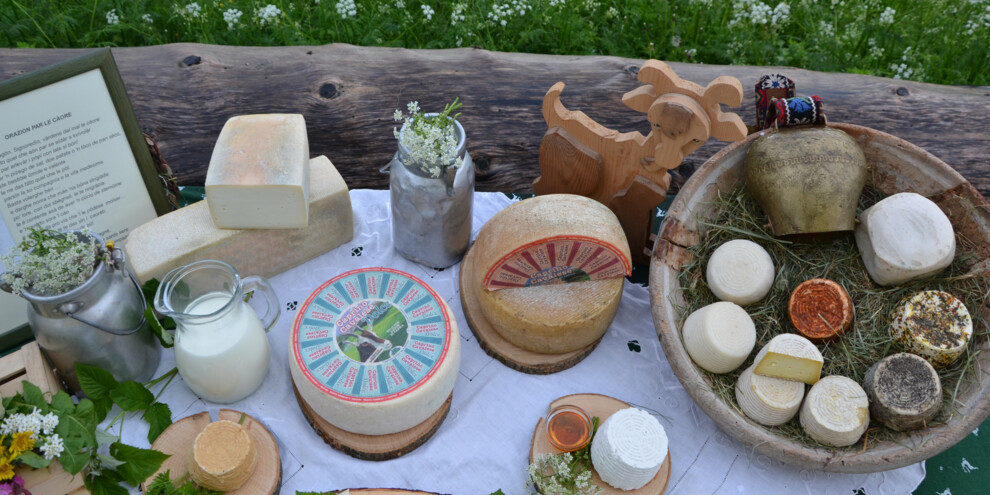A journey through Trentino's dairy cooperatives and their exquisite mountain cheeses
Mountain art, culture, nature and literature
Cheesemakers are artists in their own right. If you don’t believe it, try tasting the same cheese made with the same milk but by different hands. We don’t know if this has ever happened to you, but if the opportunity presents itself, do not pass up the experience: the result will amaze you.
As far as we are concerned, experience alone is not enough, it takes talent. It takes talent to interpret the raw ingredient, milk, in the environment where it is produced, an environment that has its own history and mythology, and to experiment by leveraging passion and undying curiosity.
The cheeses of our dairies are made by cheesemakers who give life to products of the best possible quality, all year round.
Of course, they are helped by milk produced locally, valley after valley, by native cattle breeds, who feed on mountain pastures or on hay from pristine fields, as dictated by the Memorandum of Understanding of the Autonomous Province of Trento, whose aim is to safeguard the environment and healthy raw ingredients by constant monitoring and analyses.
A cheese produced in this way is a reflection of its territory.
So, come along to discover our valleys through some of our Cooperative dairies. Each plant has many stories to share with you, but we encourage you to discover the history of their stories: of the oldest cheese of their production.

For a conscious consumption of raw milk products, learn more here.
